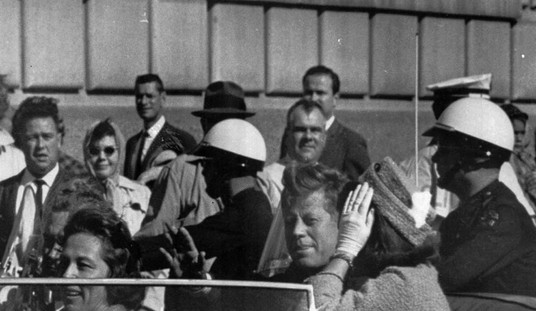Uber has been a godsend for my family and me. My wife and I each work, parent two young boys, and have various other weekly obligations. Uber enables me to make extra money as needed without committing to a regular part-time schedule. Literally anytime I feel like it, I can go online with Uber and earn something. It’s great.
It’s also temporary. I don’t know how soon it will be, but Uber’s business model will eventually shift away from relying on drivers like me. They will instead offer autonomous “self-driving” vehicles crewed by an employee whose job will mostly involve sitting there. Indeed, the change has already begun to dawn.
A fleet of autonomous vehicles was to be tested in California. However, due to the Golden State’s draconian regulations, Uber has moved their experimental operation to Arizona. Writing for The Hill, Jonathon Hauenschild explains why:
California’s autonomous vehicle regulations number some 35 pages. The regulations govern everything from insurance, to driver and driver testing requirements, to the vehicles themselves. The regulations prohibit the testing of autonomous technologies on public roads, unless the innovator meets certain other requirements. Once an innovator satisfies those requirements, California limits the number of autonomous vehicles to ten per innovator. This is not ten on the road at a time, but ten total autonomous vehicles.
If these requirements are not enough, California requires innovators to report any accident, whether the vehicle was in autonomous mode or not, within ten days of the accident. Even worse, California requires innovators to report any time a driver disengages a vehicle’s autonomous mode. The innovator must include in the disengagement report, “the location: interstate, freeway, highway, rural road, street, or parking facility” along with the “facts causing the disengagement including: weather conditions, road surfaces, construction, emergencies, accidents or collisions, or whether the disengagement was the result of a planned test.”
The state might as well prohibit autonomous vehicles outright. If that’s not the intent of the regulations, it has certainly become the effect.
As Hauenschild goes on to detail, the emergence of autonomous vehicles presents tremendous value to consumers. True, Uber drivers like me might be out of a job. However, the anticipated improvements in traffic safety and efficiency far outweigh that impact. That’s not to mention that these jobs didn’t even exist a couple of years ago. Society will be just fine without them, and better off having regained the countless hours of productivity lost to commutes each day.
Arizona has a state government which appears to understand that. California does not. Ironically, the more “progressive” state stands as an obstacle to actual progress.









Join the conversation as a VIP Member